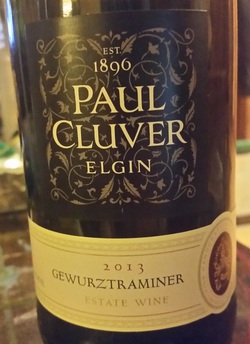
Paul Cluver's 2013 gewurztraminer is a nice intro to the grape for around $15. I felt the need to wax eloquent about this wine before tasting it. If you can describe the smell of a wine as crisp, summery, alive and green. This is that wine. This is not green as in underripe grapes but green as in ALIVE. When you taste? You get all the same sensations but add in the taste of ripe pear, melon, lychee and strong floral notes. Often when I see more exotic fruits mentioned in a description I roll my eyes but in this case? Lychee is truly accurate.This wine finishes with what Id call a brambly acidity. This wine isn't super acidic but there is enough to give the wine backbone. Acidity peaks through (to me) on the finish. Often when I see more exotic fruits mentioned in a description I roll my eyes but in this case? Lychee is truly accurate.
This has a bit of sweetness to it but don't think REALLY sweet. Gewurztraminers are called aromatic for a reason--the nose, the smell, of this wine jumps out of the glass at you. The aroma is pronounced. This is a wine you could just pop open on any warm afternoon and knock back (keeping in mind this ISN'T a super light wine). If you are heading out for Indian food or, especially, Thai, this would be an excellent choice to complement your repast.
I’ve had people tell me they didn't like gewurztraminer but then, upon further discussion, found out they'd only had cheap, disgusting versions of the varietal (we shall leave those nameless here). If you get the right bottle gewurztraminer is a treat. Some of the less good versions of this wine have really low acidity and unbalanced sweetness; done wrong these can be overly sweet, flabby wines. So choose with care! Gewurztraminer grows best in cooler areas so think of that when making a purchase.
This isn't really all that "surprising" of a wine. Most people who know even a little about wine are familiar with the grape. But I found that many associate it too closely with riesling. It is it's own thing. Its home is Alsace in France but this one is from South Africa. You will also find it grown in the Pacific Northwest, Australia, New Zealand and I have heard tell of wines from Germany and Austria. I thought about getting into the grape's relations--the traminer family but that is a complicated story that is a bit beyond me. Consult wine historians!

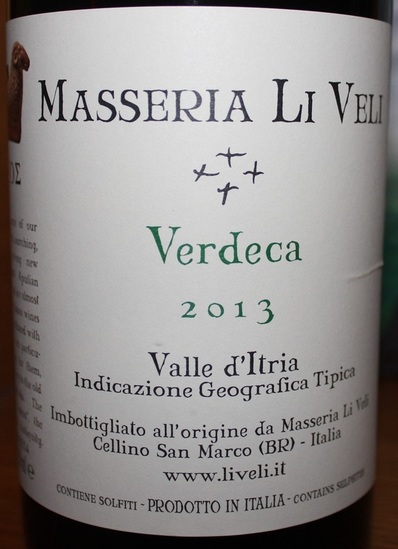
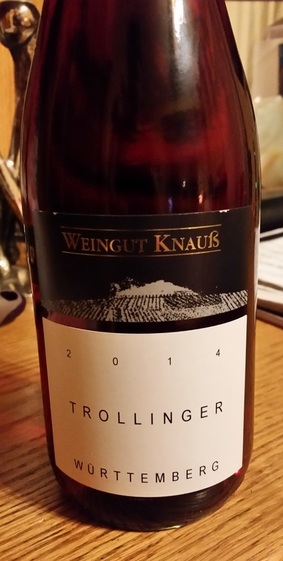
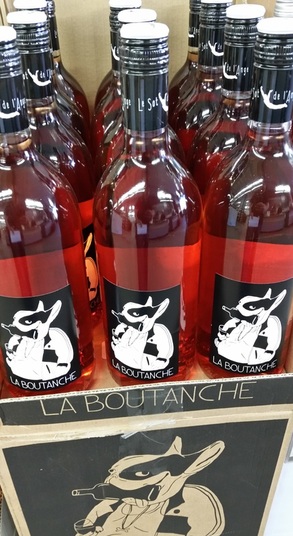
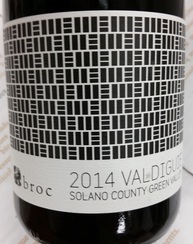
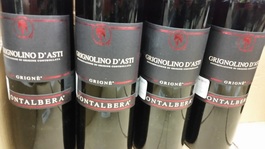
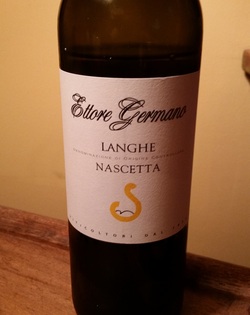
 RSS Feed
RSS Feed